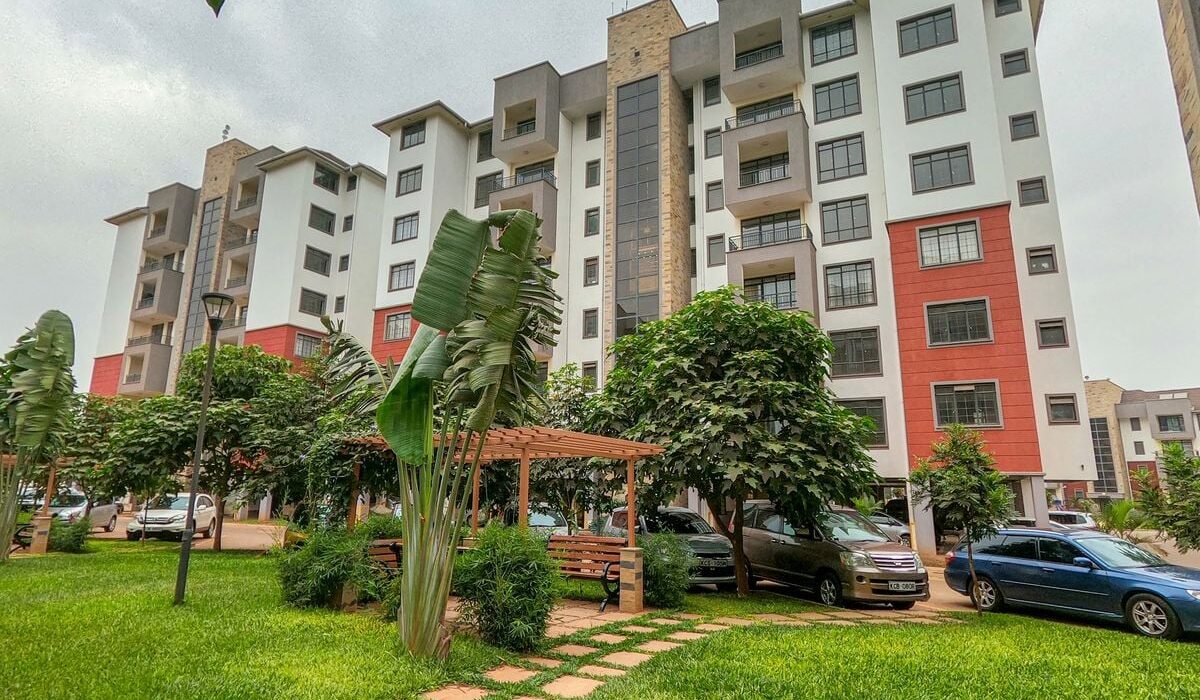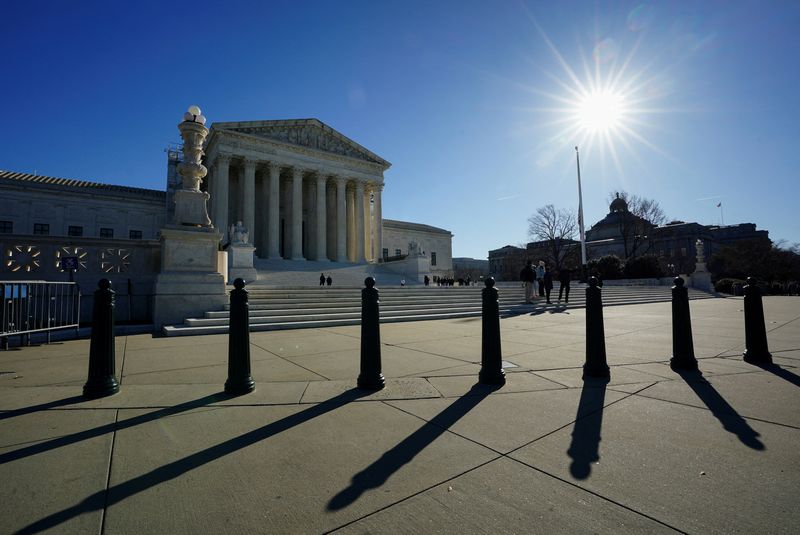A few years ago, many institutional investors regarded destinations in the Middle East such as Dubai as some of the best places to acquire real estate assets.
However, due to the recent conflicts involving countries such as Israel, Iran, Syria, Lebanon, Yemen and Jordan, investors are reporting how expensive it is to acquire property in the once lucrative stations.
As a result, international investors have begun to look towards markets they once overlooked such as Africa, that have demonstrated more stability and potential for growth over the long term.
“There isn’t a lot going on in the developed markets of the world given the turmoil both in terms of macroeconomic and political instability, so investors are seeing Africa as an interesting return opportunity for them,” says Mark Dunford, CEO of Knight Frank Kenya.
The lack of scalable projects has been a challenge that has previously kept these investors from tapping into the African market, but this is changing.
More aware of the investment risks on the continent, institutional investors are now partnering with local real estate developers to boost their capacity to put up large-scale, higher-grade projects that are likely to generate more revenue than today.
“We are witnessing this in rapidly growing regions such as Nairobi, where investors are driving the development of major projects in special economic zones such as Tatu City that are attracting foreign companies as tenants,” says Dunford.
Unlike individual investors who may purchase real estate just to keep their money safe, Dunford says these institutions are investing in real estate for profit.
These institutions will, therefore, generally tend to take into account the quality of the real estate assets before investing in them, as this will give them an indication of how the assets could perform.
“International money will not come in here and buy go-downs that are sublet to tenants who have short lease lengths, and who are paying their rent in shillings, considering what has been happening with the volatility of the currency,” poses Dunford.
If the warehouse, however, is of a quality that will attract global tenants who can pay their rent in international currencies such as the US dollar, then that is something that institutional investors would be willing to put their money in.
Dunford adds that institutional investors are often drawn to properties that can accommodate very large enterprises.
That is because these organisations are the ones that can afford to lease property for an extended period, which makes them the ideal clients for investors, who tend to have a long-term view.
“When you engage some of these investors, what they will tell you is that we don’t want to go and own one supermarket in Nairobi, we want to own a supermarket chain with 50 branches across Africa, that is a sizable portfolio,” states Dunford.
Alex Njage, head of commercial property at Bowmans Kenya, says the positive thing about having more institutional investors coming into Africa is local developers are having to put up buildings of international standards for them to remain competitive.
“If an investor can find the same quality of buildings in Nairobi as they would in Dubai at a lower price, then they have no reason to go to Dubai. We are seeing more grade A offices come up in Nairobi, as well as world-class hotels, among other high-quality assets,” posed Mr Njage.
Developers are also incorporating sustainability in their projects to remain attractive to investors who tend to assess whether a building has factored in the health and well-being of its occupants, as well as whether it has factored in measures to reduce the impacts of climate change.
ESG considerations
“There is a growing pool of climate finance and accessing this finance requires that developers have a very clear outline of ESG considerations in their projects,” notes Mr Njage.
The use of modern building concepts such as biophilic design and nudge architecture has thus become common.
These designs connect buildings and their occupants to the nature around them, thus ensuring that the biodiversity is maintained and if it is lost, then it is restored.
Power efficiency, waste and water management are elements that have also become critical, and therefore some developers are leveraging the use of smart building technology to incorporate features such as automated lighting to reduce energy consumption.
“Big brands coming to look for space expect to have green-certified spaces because they know the benefits that come with such spaces. They are even willing to pay higher rent,” notes Mr Njage.
Modern projects that incorporate sustainability are not only attracting international firms as tenants but also some local companies such as those that are eyeing the export markets.
“Before a buyer in Europe decides to purchase goods from a supplier in Kenya, they would want to be sure that the goods are being processed in a clean space. So, tenants are moving to better spaces to satisfy their clients.”
The downside of this is that the older buildings are starting to perform poorly, with local owners having to contend with lower rents.
Story continues below Advertisement
Xcelerate Pte Ltd, an integrated GRC (governance, risk management, and compliance) and ESG operating and investing platform, on April 5 said that it has acquired a strategic stake in Stirrup Communication Consultants Pvt Ltd, the company said in a statement.
Stirrup is India’s largest stakeholder communications consultancy, specialising in ESG communications and corporate reporting and a sizeable presence in branding and corporate digital services.
Story continues below Advertisement
ESG-related advisory and communication services have witnessed increasing demand in recent years and are poised for exponential growth going ahead, the statement said, adding that ESG services are seeing unprecedented expansion across the advisory, communication, reporting, and assurance front.
Promoted and led by Arvind Agrawal, Stirrup has been an active player in the corporate reporting and stakeholder communications sector for over 17 years. It was among the early movers in integrated reporting, sustainability reporting, and ESG communication and has served as a consulting partner for over half the integrated reports published in India. Stirrup has worked with over 500 clients, with the client mix dominated by Nifty 50 Indian companies and some prominent international corporates.
“The partnership with Xcelerate will enable us to build further on the strong foundation and long-standing client relationships we have cultivated. Together, we will provide an attractive home for cutting-edge talent in our domain. The combined vision, experience and reach of the two teams will help create disproportionate value for our clients through meaningful advice, cogent strategies and focused execution, spurring rapid growth in the process,” said Arvind Agrawal, MD & CEO of Stirrup.
Story continues below Advertisement
As part of the transaction, K.V. Ramakrishna (ex-CEO of Kotak Private Equity and advisor at multiple companies) and Kv Ramanand, CEO of XLSure India Pvt Ltd, will join the Board of Directors of Stirrup. Agrawal, will continue to lead the company as MD & CEO and report to the board.
“Under Arvind’s leadership, they have built a unique, well-established and strong service franchise, validated by the largest corporates in India. The ESG and corporate communications space is an important growth area for us. We intend to work closely together to broaden the scope of solutions, infuse tech-led services and expand into newer territories to build a strong platform,” said Kv Ramanand, CEO, India for Xcelerate Group.
Xcelerate is backed by private equity funds Federated Hermes, Altair Capital, and Exacta Capital Partners. Xcelerate has already made a foray into the social compliance segment through its strategic investment in Aparajitha Corporate Services Pvt Ltd, India’s largest social compliance service provider.
Story continues below Advertisement
Singhi Advisors acted as the financial advisor on the transaction.
Discover the latest business news, Sensex, and Nifty updates. Obtain Personal Finance insights, tax queries, and expert opinions on Moneycontrol or download the Moneycontrol App to stay updated!
By Daniel Wiessner
(Reuters) – An impending U.S. Supreme Court ruling that could curb the regulatory powers of federal agencies may play a critical role in a challenge by Republican-led states to a rule issued by President Joe Biden’s administration allowing socially conscious investing by employee retirement plans, a court filing filed.
The 26 states, led by Utah and Texas, asked a U.S. appeals court late on Thursday to wait to decide whether to block the U.S. Department of Labor rule until the Supreme Court issues its decision on agency powers, expected by the end of June.
The Supreme Court on Wednesday heard arguments in a dispute involving a government-run program to monitor for overfishing of herring off New England’s coast. Two fishing companies asked the justices to restrict or overturn the Supreme Court’s 1984 legal precedent requiring judges to defer to reasonable federal agency interpretations of U.S. laws deemed to be ambiguous, a doctrine called “Chevron deference.”
Texas-based U.S. District Judge Matthew Kacsmaryk, presiding over the lawsuit challenging the investing rule, said in September that the U.S. law governing retirement plans was unclear on whether such plans could consider environmental, social and corporate governance (ESG) factors in making investment decisions.
The Labor Department’s view that plans can weigh those factors as long as they prioritize traditional financial considerations was reasonable, Kacsmaryk said in declining to block the rule pending the outcome of the lawsuit.
The states on Thursday filed a brief with a New Orleans-based 5th U.S. Circuit Court of Appeals seeking to reverse Kacsmaryk’s decision. They said Chevron deference does not apply to the case because federal law clearly requires retirement plans to act “solely and exclusively” for the financial benefit of participants.
But if the 5th Circuit finds otherwise, it should wait for the Supreme Court to rule on the fate of Chevron deference before deciding the case, the states said in their filing.
The rule improperly inserts political agendas into investment decisions that affect the retirement savings of hundreds of millions of people, the states said. A subsidiary of Liberty Energy and an oil and gas trade group are also plaintiffs in the case.
Finalized in November 2023, the rule covers plans that collectively invest $12 trillion on behalf of more than 150 million people. It reversed restrictions adopted by Republican former President Donald Trump’s administration on considering ESG factors in making investment decisions.
Critics of ESG investing, including many Republicans, have said it advances liberal political and social agendas at the expense of plan participants or shareholders who may suffer financial losses as a result.
The U.S. Department of Justice, which is defending the ESG rule, did not immediately respond to a request for comment.
The brief by the states represents an early illustration of the widespread impact that overruling Chevron deference could have by making it harder for federal agencies to defend their rules in court.
Pushing to eliminate the doctrine is part of a broader effort by conservatives and business-backed groups to curb the powers of what they call the “administrative state” as they seek to weaken the federal agency bureaucracy that interprets laws, crafts rules and implements executive action.
The Supreme Court handed a significant victory to that movement in 2022, ruling that the power to adopt policies involving “major questions” with broad societal impact is reserved for Congress and not federal agencies.
Biden’s administration has urged the Supreme Court to preserve Chevron deference, arguing that the doctrine recognizes the need for agencies to “fill in the gaps” when legislation is ambiguous.
The questions posed by the justices during Wednesday’s arguments did not reveal a clear majority in favor of overturning Chevron deference. Some of the conservative justices, who have a 6-3 majority on the court, seemed skeptical of the doctrine’s continuing force but others signaled hesitation about reversing it.
(Reporting by Daniel Wiessner in Albany, New York, Editing by Will Dunham and Alexia Garamfalvi)



